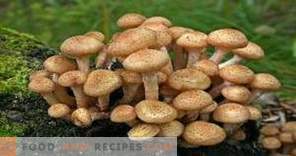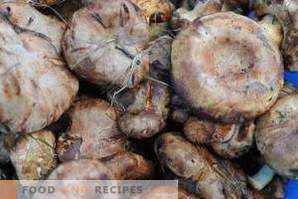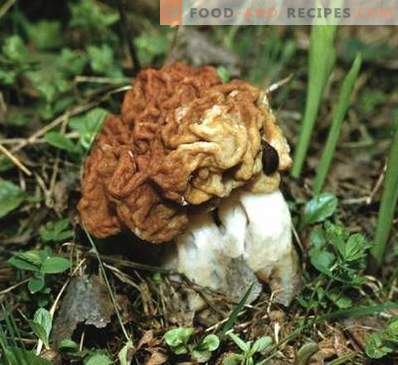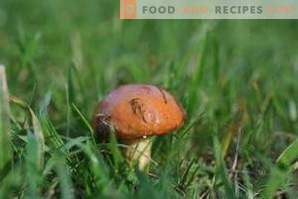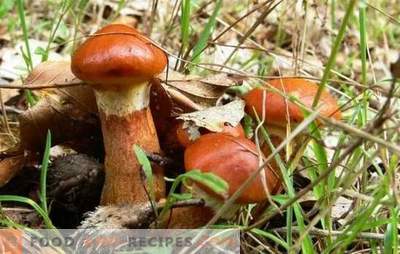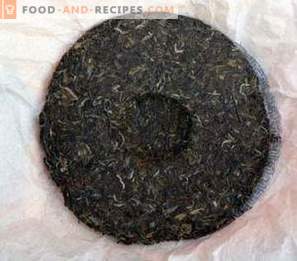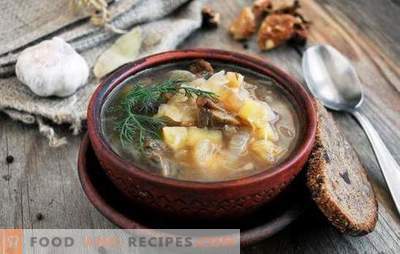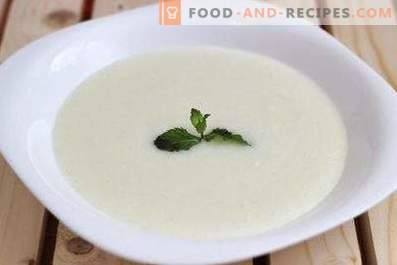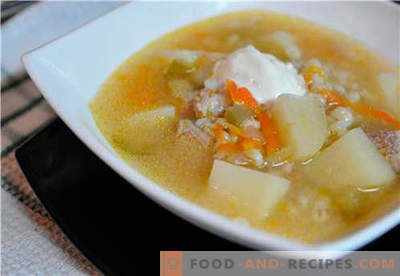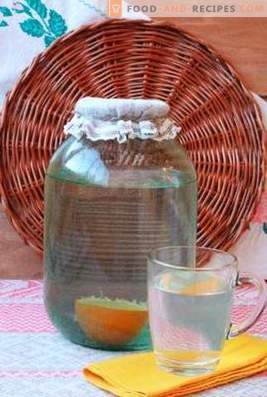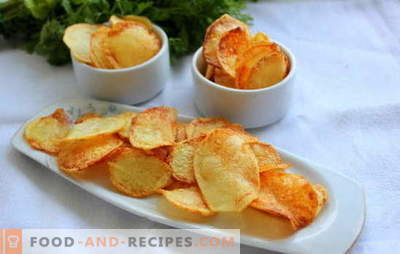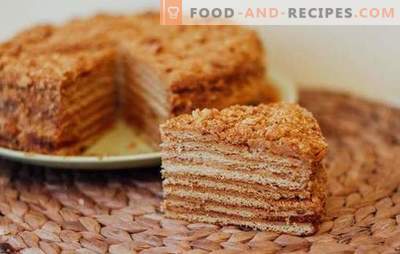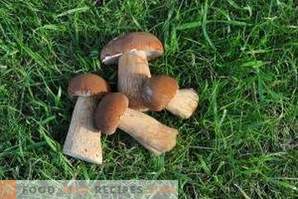
Familiarity with the white fungus begins with ... childhood. After all, it is the white mushroom that is most often painted in children's books, and in the fairy tales “The Little Old Man” helps stray travelers to the forest. Borovik - one of the names of the white fungus - just says about its place of growth.
The white mushroom is king among other mushrooms. Because it is the most delicious, the most useful, the most, the most ...
Even the fact that the white fungus does not change its color in the dried form, remains white even in the form of mushroom powder, puts it at the highest level among other mushrooms.
And not without reason, mushroom pickers, both experienced and beginners, dream of returning from mushroom hunting with a full bag of white mushrooms.
But cunning white mushroom! Despite the fact that it is found everywhere - from the Volga to the Far East, it goes to the North, wedging almost into the Arctic latitudes, not everyone can find it.
Where to look for white mushroom
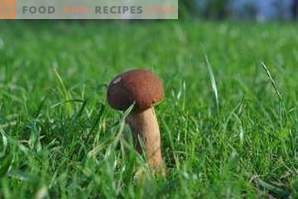
Its very name - boletus, birch, dubovik - says that white fungus grows in the forest: pine, birch, oak, spruce. But not in everyone, but only in where there are old-aged trees no younger than fifty years old. So in a young spruce or birch grove to find a mushroom will be problematic.
White mushrooms do not grow thickly. But if you caught the eye of the fungus, you need to look for his friends and companions.
The white mushroom loves sunny places, so it can be found on the edge of the forest, in the meadows, among the mighty trees, but with open crowns, so that he gets as much light as possible.
White fungus grows on various soils - clay, sandy, poor in humus, but on the peat soil of these fungi does not happen. White mushroom likes to grow among grass, lichen, ferns, moss, but in a dense forest or tall grass white mushroom does not grow. But it often occurs where grass cover is interrupted by paths or where cattle are often driven. But on the trampled, without vegetation, soil, this mushroom is found in isolated cases.
White fungus likes moist soils, but not swampy. Loves warmth, but does not tolerate heat. Therefore, during frequent rains, he moves to drier elevations, and on hot, dry days, he presses closer to the trees, into the shade. The white fungus grows well during periods when the temperature stays within 10–18 ° of heat, but during frosts the fungi disappear completely, although the mycelium itself remains viable during strong heat and with bitter cold.
Experienced mushroom pickers pay attention to minor signs, which can be used to determine whether there is a boletus in the immediate environment or not. Phenological pointer to the presence of the white fungus are ... toadstools. As well as valui and niks. If these mushrooms are peeping out of the grass, then the white mushroom is somewhere nearby.
When the white fungus grows
White fungus, however, like the rest, grows in "waves", or as it is called in mycology - layers.
The first layer of fungi appears in the period when rye begins to spike. Around in June. Such mushrooms are called "kolosovikami."
At the beginning of July a second layer of white mushrooms appears, which are called “harvesters”. He comes at the time of harvesting.
The third layer of white mushrooms accounts for in the fall - at the time of leaf fall. It is called “deciduous”. These all three periods of the appearance of white mushrooms operate in lowland forests. In the highland forests, August is the richest in the harvest of white mushrooms.
In the northern forests of white fungus grows small, with a cap up to 5 cm in diameter.
In the middle band, caps of white mushrooms are from 3 to 20 cm in diameter. But there are truly giant mushrooms, whose weight reaches 3 kg. Once, a white mushroom weighing 6 kg was found near Vladimir, and its cap was 46 cm in diameter!
But such huge mushrooms, of course, worms and can not be collected.
What novice mushroom pickers should know
In the forests there are inedible and even poisonous mushrooms, which are very similar to white fungus. Therefore, you need to know the obvious signs of difference between white fungus and inedible.
The white mushroom hat is juicy and fleshy, light, does not change color on a fracture, only sometimes it can turn pink. The mushroom has a faint nut smell. Legs are light with a white mesh pattern.
False Walui (inedible) from a distance looks like a white mushroom. But he has a watery, bitter flesh that smells like radish.
Gall mushroom (inedible) grows in coniferous forests. The white flesh of the fungus turns pink when it breaks. The lower part of the cap in an adult dirty pink fungus. The taste of the fungus is very bitter.
Satanic mushroom (poisonous) is very similar to the white fungus. The bottom color of the cap is of a reddish hue, the foot at the bottom is brick red, turns red on the break, then turns blue. The smell is unpleasant, though weak.

